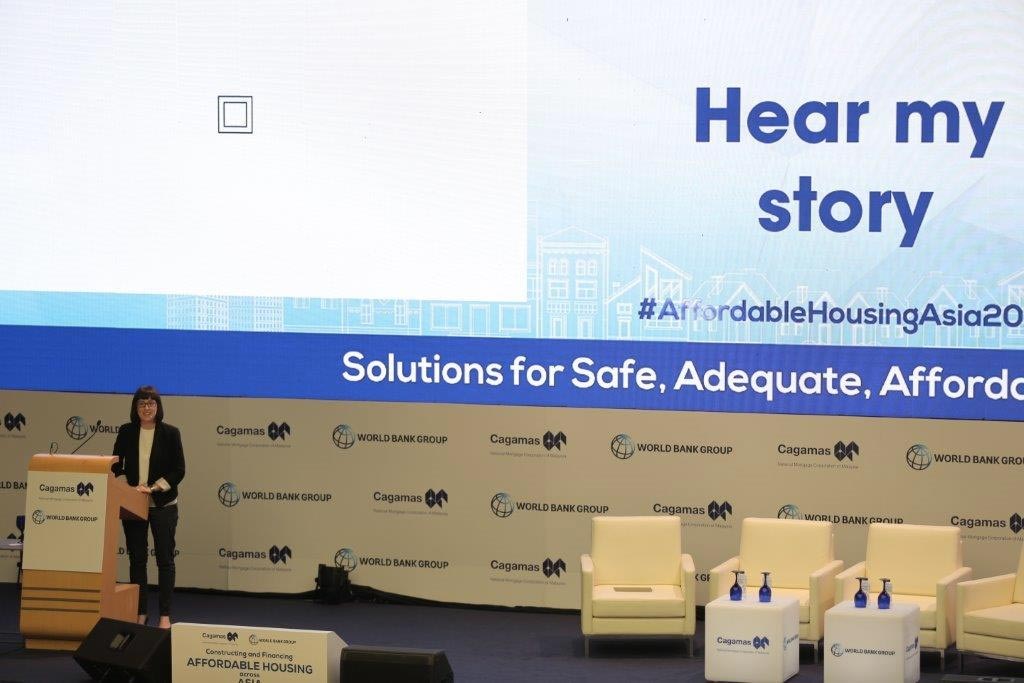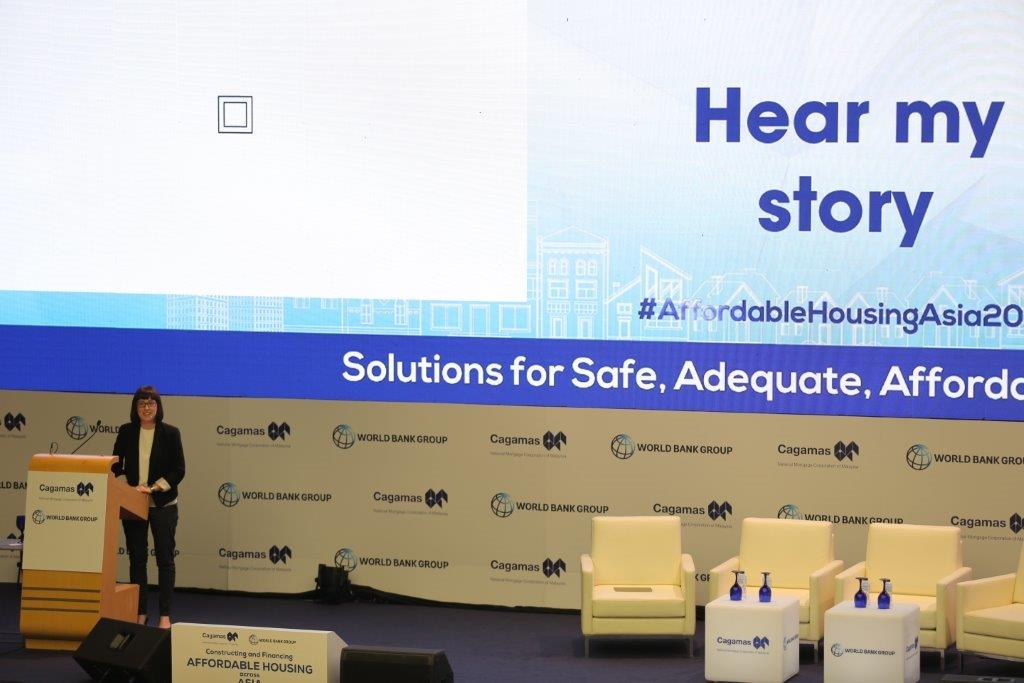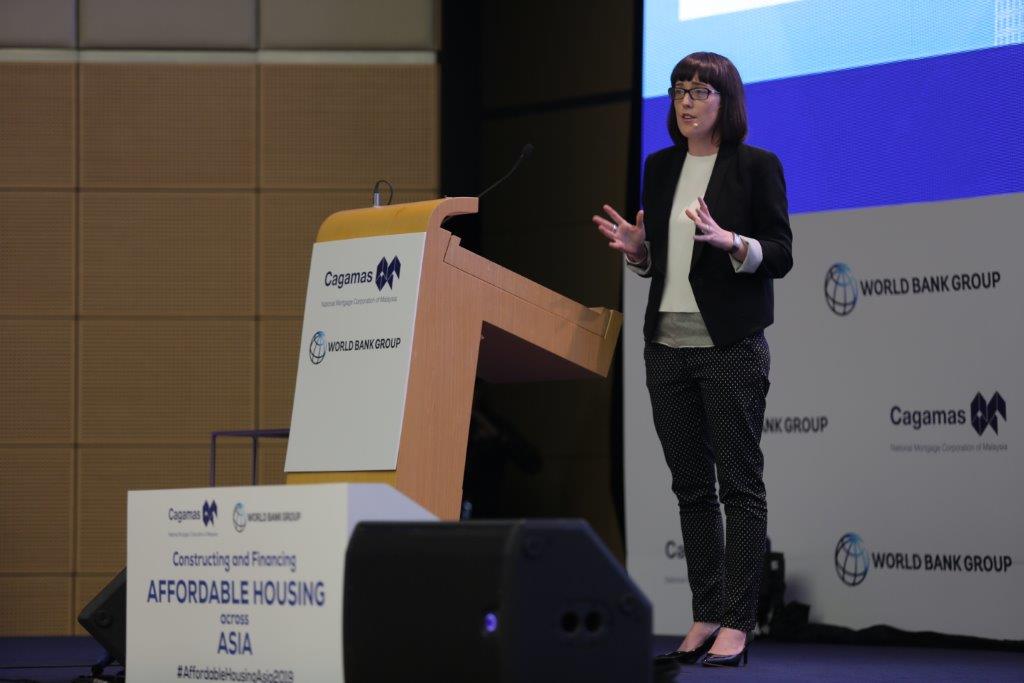

"Hear My Story" – Sarah spoke at the Cagamas and World Bank Group's Constructing & Financing Affordable Housing across Asia Conference (2-3 April 2019)
A professional innovator with 15 years corporate experience at some of Australia’s largest organizations, Sarah Murray became interested in affordable housing the hard way. Even with a successful corporate career, she realized that she simply could neither afford to own or build a home in her native Sydney.
After spending 12 months at the prestigious Stanford University’s LEAD program studying corporate innovation, she decided to put on her innovator’s hat and tackle this problem headfirst.
What she found wasn’t pleasant; this wasn’t a new problem. In fact, according to the UN, we’re already in a desperate situation. It estimates that the world needs 35 million new homes every year. That’s an astonishing 4,000 new housing units every hour. Let that figure sink in for a minute – and then realize that we’re not even talking about maintaining the current stock of affordable housing. And that’s at current trends; global demographic data show that it’s only going to get worse.
Murray’s solution was to merge gaming technology with social enterprise to create PLACE Technologies, which is the developer of the PLACE game. To put it into a nutshell, the premise of the game is that the actual cost to build a house is often obscured, making housing – as in Murray’s case – unaffordable. Think about it. Before you can build your home, you need to design it. This means engaging a building professional like an architect or contractor, which costs money. Every time the design is changed…well, you guessed it – more money is spent. And we haven’t even discussed actual building costs yet.
The PLACE game, therefore, tackles the affordable housing problem by showing the actual cost of each design component. So, for example, when you add that new room for little Bobby, the game automatically computes how much it’s going to cost you, and displays that information. Just like e-commerce makes the consumer culture affordable by cutting out the middleman, PLACE makes housing affordable by making costs transparent.
In order to do this, the PLACE game relies on modular building components. While these may not be everyone’s cup of tea, they do have a relatively long and storied history in the building industry. After all, a forerunner of these components – called “pre-fabricated homes” – was what allowed many WW2 veterans to become homeowners in the Levittown of the US. Murray even highlights how her own father-in-law benefited from the UK’s similar Project Hawick while growing up in Scotland. Besides, advocates of modular construction components believe they have the potential of decreasing construction costs by 20 percent, and reducing environmental waste by 15 percent.
Finally, Murray calls her brand of digital housing development “urban tech”. To her, the fundamental difference from all the other technology catchphrases is that it puts the individual – the human being – at the center of the technology ecosystem.
So, while players interact with the game through a fancy virtual reality interface, they are made aware of the financial and environmental costs of their design choices at all times. And to top it all off, players who actually build their homes with PLACE contribute to a home for someone in need at a ten-to-one ratio.






